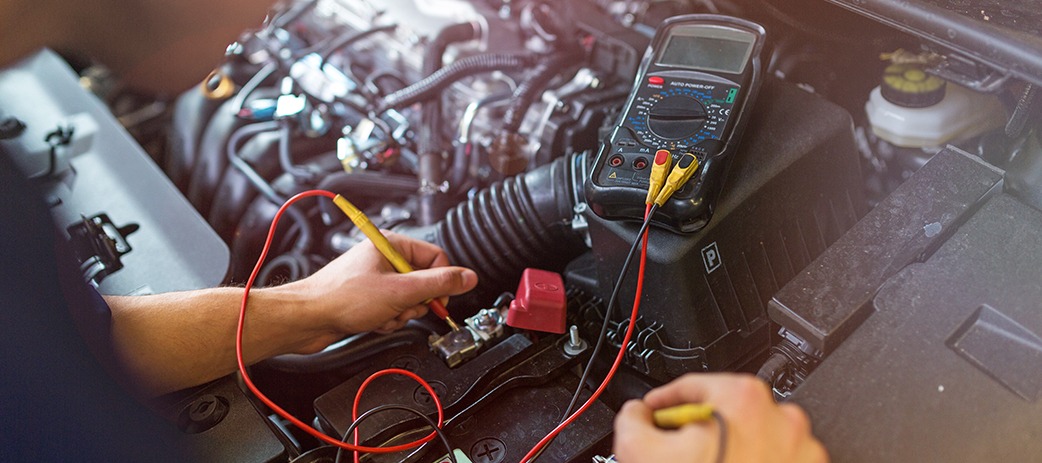Let’s be honest – car roadworthiness isn’t something we usually think about until it’s time to sell our cars. According to some drivers, if their car can get them from A to B, it’s roadworthy – but the South African law says otherwise.
While car owners aren’t under obligation to get their cars tested until it’s time to sell, it’s always a good idea to be a responsible driver and be aware of any faults.
Although it may seem like a lot of effort in the moment, ensuring your car is roadworthy every year or two can help you save money down the line as you address issues when they come up, instead of leaving your car’s mechanics to degrade over time.
How to check if your car is roadworthy
While we’ll guide you through the steps of checking whether your car is roadworthy, if you’re selling your car or want an official certificate, you’ll need a Certificate of Roadworthiness, which can only be supplied by an accredited tester.
Depending on who you go to, the test can cost anywhere between R500 – R1,500 so make sure you shop around for the best price. Be warned though – if your car fails the inspection for any reason, you won’t receive a certificate and will have to correct the identified problem before re-doing the examination.
As you can imagine, this can become expensive if you fail even once, so it’s best to do a DIY home check first to ensure your car is in tip-top shape before taking in it for the official inspection.
A quick 10-minute check
Your car may not be looking its best due to simple wear and tear or damages you didn’t think were serious enough to fix. While this is normal and you may think your driving isn't impeded, even small damages can cause you to fail the inspection.
Here are a few quick and easy checks anyone can do, even if you don’t know your suspension from your transmission:
- The windscreen wipers must be in good condition. If you live in a climate that gets little rainfall, you might have totally forgotten that your windscreen wipers exist – but any damage can be a cause for failing.
- The windscreen must not have any cracks or damage. Maybe you have a tiny crack or chip you think the inspector won’t notice, but at R500 or more for the test, it’s better to not take chances.
- All windows must be able to open and close easily. If you need to bang at the bodywork or ease the window open with your hand, this will get you failed – although it technically opens and closes, it needs to do so according to the manufacturer’s instructions.
- Your seats must be secure and free of damage. In this case, ‘damage’ refers to mechanical or structural damage, so cosmetic damage shouldn’t get you a fail. If you’re not sure whether that cooldrink stain from 2005 counts, send the inspector a photograph and ask beforehand.
- There should be no rust or damage to the body and chassis – this includes any damage that could cause injury to pedestrians or cyclists.
- All doors must be easy to open from both the inside and the outside, be in good condition, and be securely attached at the hinges.
- The hand break must be in working order. Just like when you did your driver’s license test, even a little roll can cause your car to fail.
- The hooter must be in working order.
- All lights and indicators must be in working order. This is easiest checked with the help of a friend, who can control the functions while you check them from the outside of the car.
- All seatbelts must be in working order.
A 20-minute check for the intermediate
If you have a bit more time and technical know-how, you can take a closer look inside, outside, and under your car to assess for any damages:
- Your engine number and VIN must match those on the registration document. Regardless of whether you bought your car new or used, these checks should have already been done when the previous owner or dealership transferred the car to you, but it’s worth checking just for peace of mind.
- The undercarriage and engine compartment must be free of rust and/or leaks.
- The battery should be clean, free of damage, and secured with clamps.
- There should be no excessive smoke from the exhaust. If your car exhaust has been smoking excessively for a while, you might have forgotten how it should look. Make sure to compare it to how much smoke comes from other similar cars.
- The odometer and speedometer should be in working order.
Best left to the professionals
- Wheel alignment must be within specification. You can usually tell if your alignment is off if your car naturally steers to one direction, but only a professional will be able to tell for sure and re-align your tyres.
- The break discs need to be in good condition and working order.
- The chassis must not show any signs of weakness or damage.
- All tyres, including your spare, must have a tread of at least 1,6mm. You may think you can eyeball this and say “good enough” but remember – the professionals have specialised tools for measuring.
While your car insurance isn't checked in the roadworthy exam, it's the first step to being a responsible driver and car-owner. Not only does it protect your car, it protects you from nasty financial surprises and the possibility of ending up car-less. Get your free online quote in under 3 minutes today!



